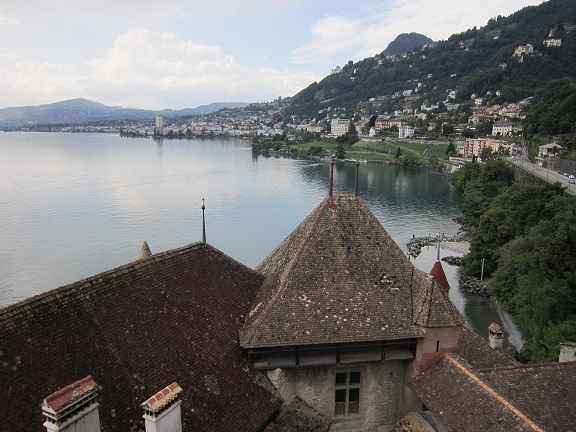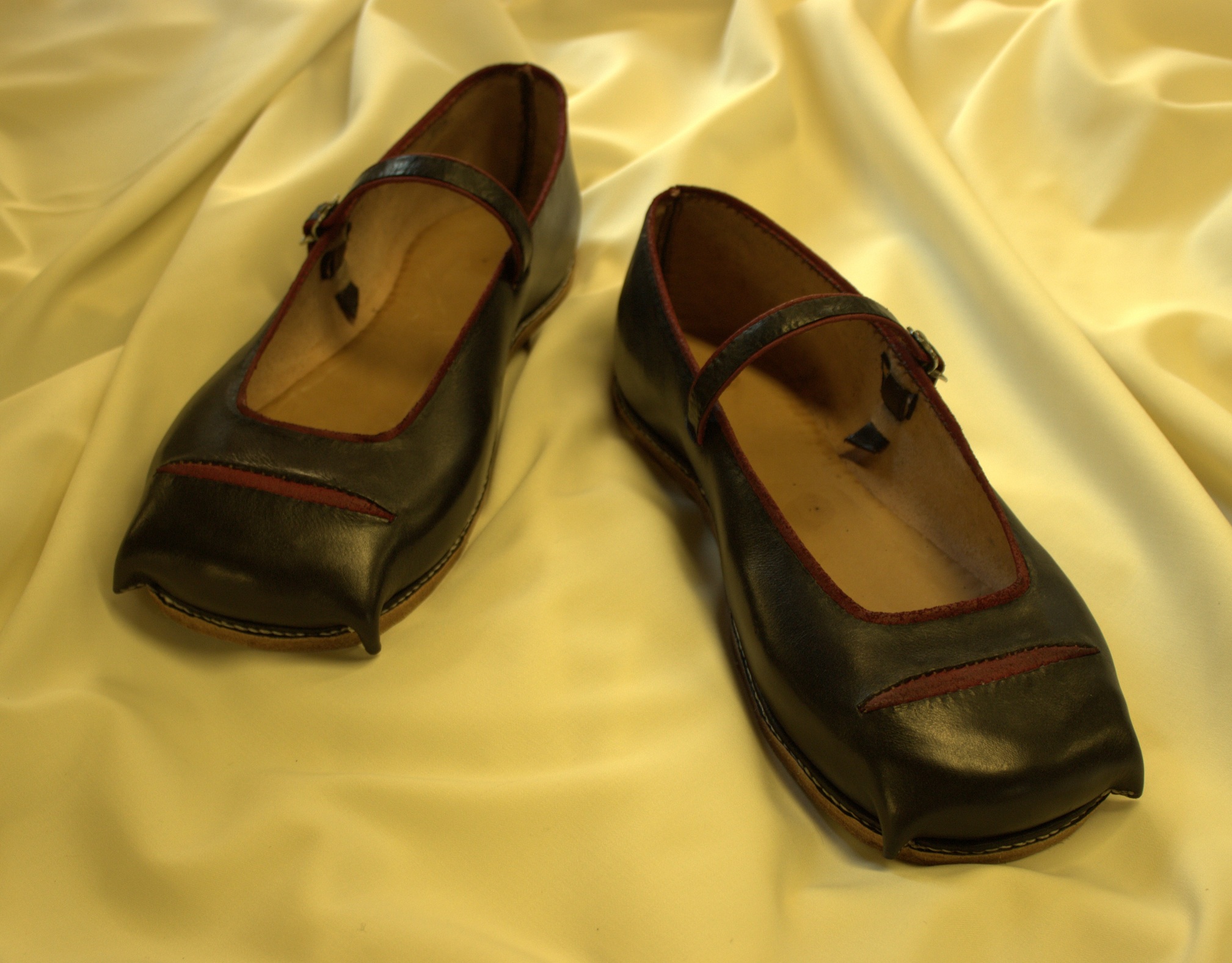If you saw the first half of my Europe trip, then you will recall that I was in Munich for business, but had the opportunity to do some exploring and visit some museums while I was there. As it turned out, I had some vacation time coming up, so I decided to stay in Europe a bit longer. And, coincidentally, Dr. Marquita Volken, of the Musee de la Chaussure in Lausanne, Switzerland (the Museum of the Shoe) had recently published a manuscript, “Archeological Footwear: Development of Shoe Patterns and Styles from Prehistory til the 1600s.” On a lark, I looked up how far away Lausanne was from Munich – only about 330 miles! That’s about the same distance from San Francisco to Los Angeles! I was sold – I booked a train and routed my return flight through Zurich instead of Munich. And, after my last day of work, I found myself on the train headed for the beautiful city of Lausanne, Switzerland.

The very day I arrived, I was already in shoemaker heaven – I met up with Dr. Volken, her fantastic husband (also Dr. Volken), and their charming daughter, and travelled together to the Chateau de Chillon, probably one of the most fantastically preserved chateaux in the area.
Continue reading Europe Trip Part II: Lausanne →
You might have been aware of Lesson 10, a pair of Cowmouth shoes done a while back. This pair was done a bit differently, although it also used bound edges and a bound strip as well. There were a few differences in this pair, though, the primary one being the technique used to sew the knops in the fronts of the shoe. The second – this pair is for me!

Extant pieces in the early Tudor time often had knops on the fronts of shoes. These knops were done a number of ways. One method, if the knops were not too sharp and pointy, were to cut an insole and treadsole to match, and then shoe sewn all the way around the shoe, just as was done in Lesson 10. However, not all were done in this manner.
Continue reading 1520s-1540s Cowmouth Shoes →
This pair is based on a 1350s extant piece documented in “Archeological Footwear” authored by Dr. Marquita Volken. The pattern comes from an unusual extant shoe which has an oval cutout on the inside of the shoe, along with a buckle strap to close the shoe around the foot. This shoe also has a binding strip all the way around the shoe including the strap, and is quite a pretty example of a medieval shoe. A few points of note – the original has the buckling on the inside of the shoe (it is easier to buckle your shoe this way while sitting down or standing up), but it unfortunately hides the pretty cutout and the buckle. As a result, the recipient asked that the buckle be placed on the lateral (outside) of the foot, rather than the medial side. Further, you will notice a rather thick sole – this was constructed as a turn-welt shoe, even though that particular style doesn’t really start to come about until the third quarter of the 15th century. I took several cues from Dr. Volken’s book in the construction of this pair, and I’m particularly pleased with the way they worked out. The decoration is inspired by several extant 14th century pieces with lines of decoration across the vamp of the shoe.

Let me share some of the techniques that I tried, starting with the binding strip. Although I’d done binding strips in the past, this was the first time that I’d done it in this manner.
Continue reading 1350s Shoes from Fischmarkt →
Dedicated to the Research and Construction of Chopines, Pantoufles, Zoccoli, Shoes, Boots,and Other Raised and High Heels.


